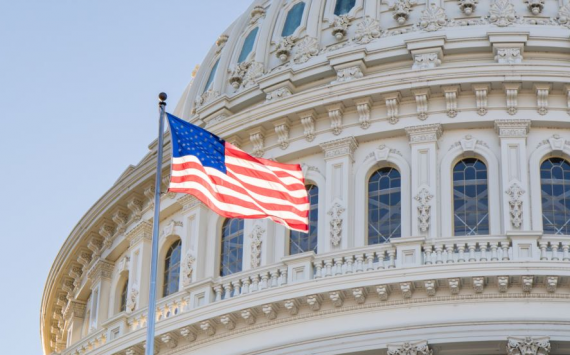
What the US military budget will be like
The draft military budget for fiscal year 2021 has been agreed by both chambers of the US Congress.
"Just as the U.S. Congress has done for the last 59 consecutive years, we have reached a bipartisan, bicameral agreement on the National Defense Appropriations Act for Fiscal Year 2021", said U.S. lawmakers when they adopted the draft defense budget.
The base budget of the US military department is $635.5 billion. Another $69 billion is allocated for emergency operations abroad and $26.6 billion for national security programs within the US Department of Energy. According to the draft defense budget for fiscal year 2021, a total of $740.5 billion is allocated to the US national defense.
To ensure that the U.S. Armed Forces can meet the requirements, the following numbers have been established: the U.S. Army 485,900, the Navy 347,800, the Marine Corps 181,200, the Air Force 333,475.
Excellence in the Air
The NDAA (National Defense Authorization Act) requires the U.S. Air Force to have at least 386 squadrons or equivalent and 3,850 combat aircraft.
The NDAA authorizes the purchase of 93 aircraft (F-35) valued at $9.1 billion.
Excellence in Seas and Oceans
For the US Navy, the draft budget authorises the purchase of 9 warships, 1 additional expeditionary fast-track transport and 1 landing ship less than the budget request of the US President.
One of the major items of expenditure is $500 million for the construction of an amphibious assault ship of the America class.
Excellence on Earth
In the area of combat operations on land theatres, the draft budget also includes all kinds of upgrades.
This primarily concerns investments in measures to combat close combat fatalities.
These include costs for an integrated system of improved visual tracking, modernisation of flak jackets, robotics for small units and a programme to improve the combat training of soldiers.
There are also plans to increase investment in new-generation combat vehicle technology, to purchase over 100 combat helicopters and to conduct additional experiments against unmanned aerial systems, with an additional $47 million allocated.







